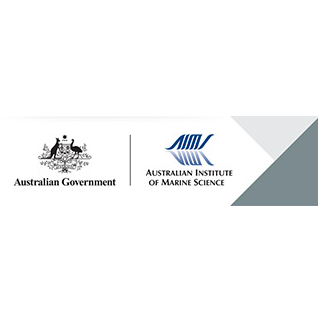Brief description
Fiberglass microscope slides were systematically distributed within a 5000 L larval rearing tank during a standard rearing attempt to assess biofilm development.Culture-based counts of bacterial densities were measured over 24 days for 2 media types, TCBS and Marine Agar (MA).Scanning electron microscopy (SEM) analyses of cell densities was carried out. SEM images revealed changes in dominant morphologies of bacterial populations. Succession of microbial species during biofilm development was tracked using denaturing gradient gel electrophoresis (DGGE) profiling of bacterial 16S rRNA genes in combination with statistical ordination analysis. Partial and complete 16S rDNA sequences of bacterial isolates were obtained using the primers 27f, 63f, 339f, 907r, 1387r, 1492r. Sequencing of re-amplified DGGE bands was performed with the 1392r primer (only sequences affiliated with a- and g-Proteobacteria were retrieved). Sequences were aligned to the closest relatives in the NCBI database using the BLAST algorithm.Fluorescence in situ hybridization (FISH) identified a-Proteobacteria as being numerically abundant in the biofilm. To evaluate if the biofilm is a reservoir for potentially pathogenic bacteria that cause mass larval mortalities. Trends between the DGGE profiles, SEM and plating on MA were analysed in the paper outlined in 'Lineage'.Identification of isolates derived from day 24 biofilm samples (and accession numbers): Vibrio alginolyticus (AY332566); V. campbellii (AY738126); V. harveyi (AY264924); V. harveyi (AY750578); Shewanella algae (AB205581).Phylogenetic identity of dominant bands from the DGGE bacterial profile of biofilm samples (and database accession number):Bacterium K2-11 (AY345438); Erythrobacter sp. (AB094461); Loktanella agnita (AY682198); Marine bacterium (AF388307); Marinobacterium jannaschii (AB006765); Oceanospirillum sp. (AJ302699); Rhodobacteraceae bacterium (AY962292); Uncultured agrobacterium (AF194391); Uncultured bacterium (AY845232); Uncultured gamma-proteobacterium (AJ318111); Vibrio harveyi (AY264924); Vibrio harveyi (AY264933); ¿-proteobacterium JC2042 (AY207502).Lineage
Maintenance and Update Frequency: notPlannedNotes
CreditBourne, David G, Dr (Principal Investigator)
Modified: 17 10 2024
Biofilm development within a larval rearing tank of the tropical rock lobster, Panulirus ornatus: Bourne DG, Hoj L, Webster NS, Swan J and Hall MR (2006) Biofilm development within a larval rearing tank of the tropical rock lobster, Panulirus ornatus. Aquaculture 260: 27-38.
local : articleId=7292
- global : 28e38a61-517c-438a-ad08-7733e7f4cf79


